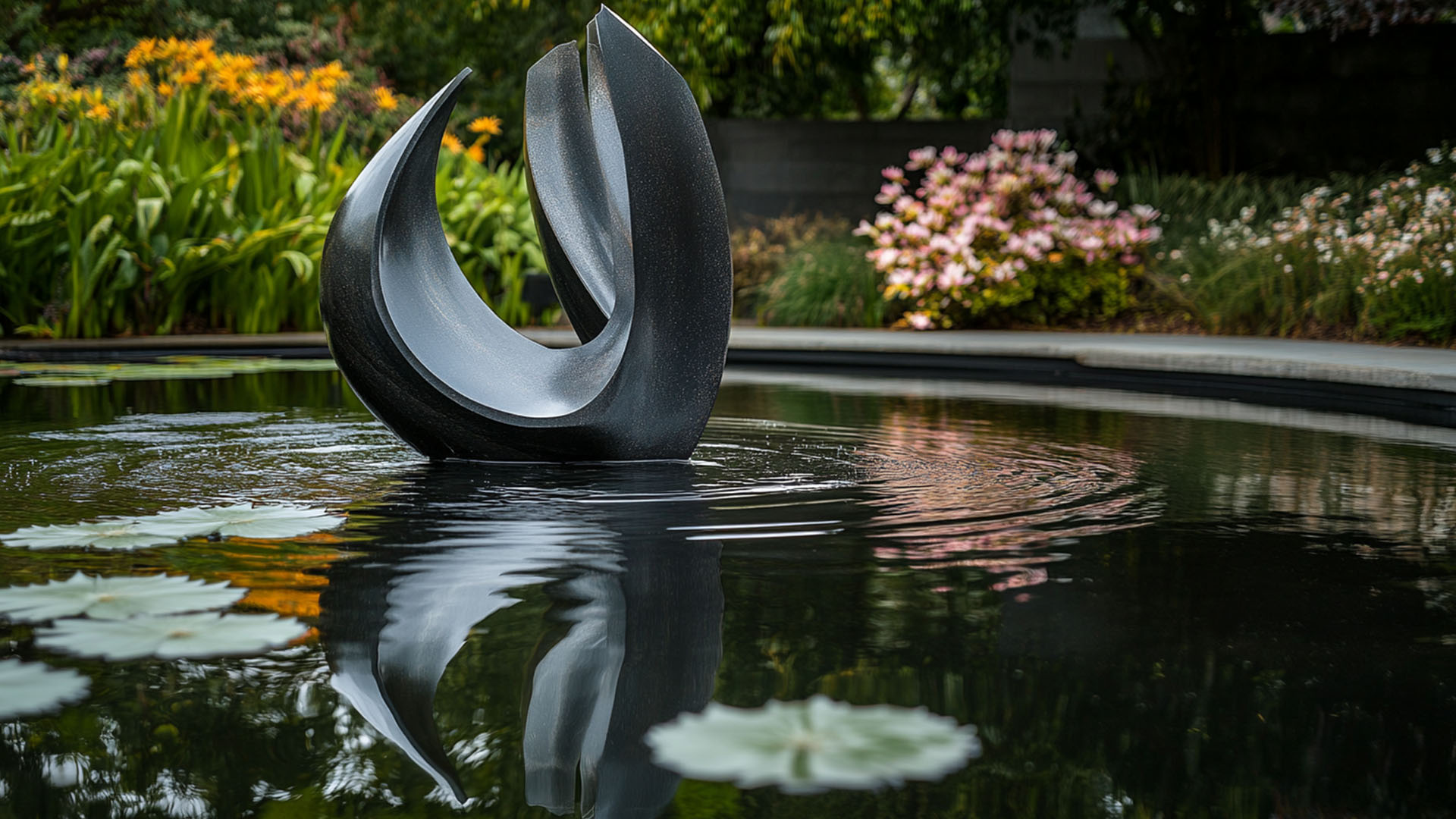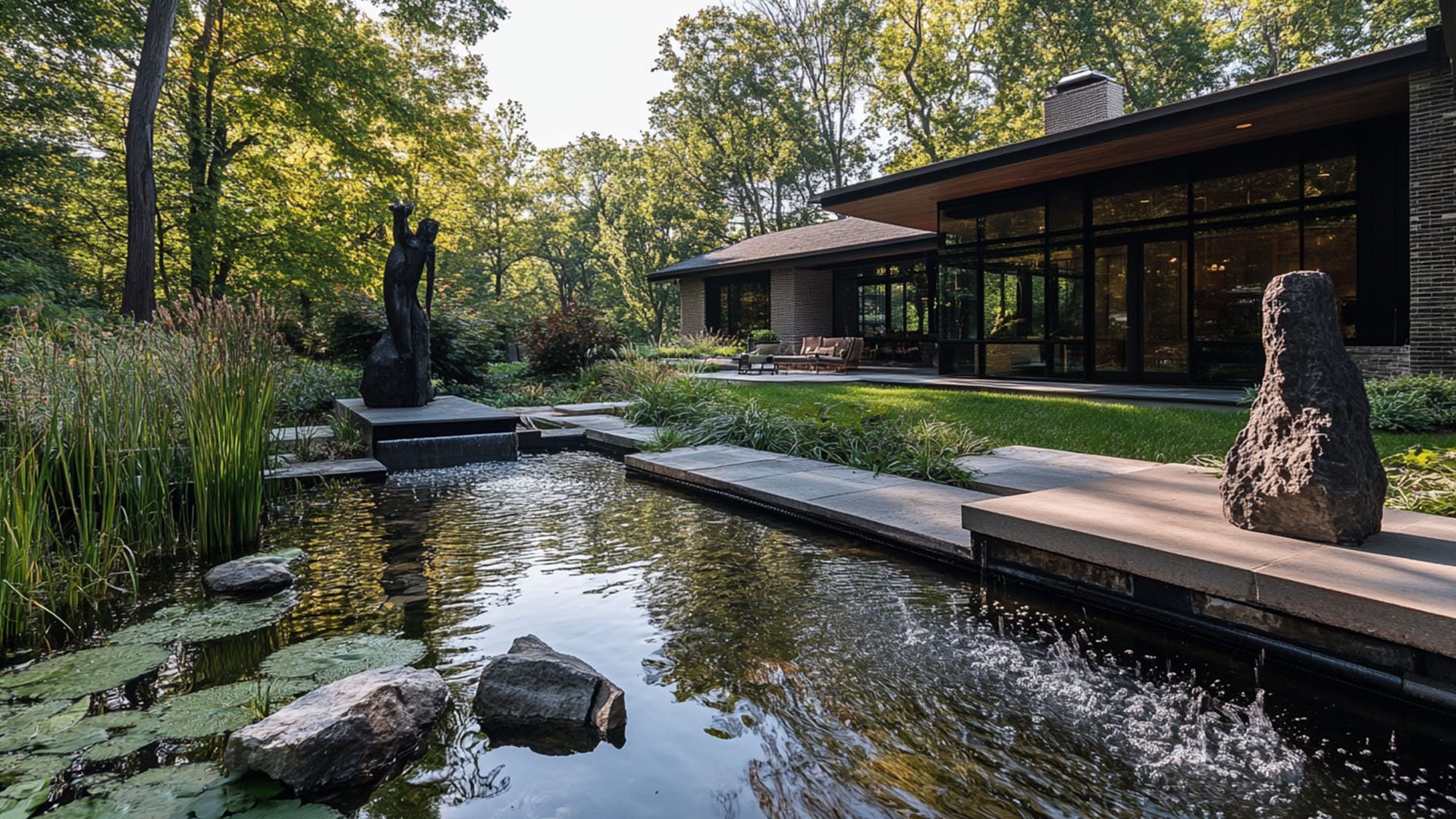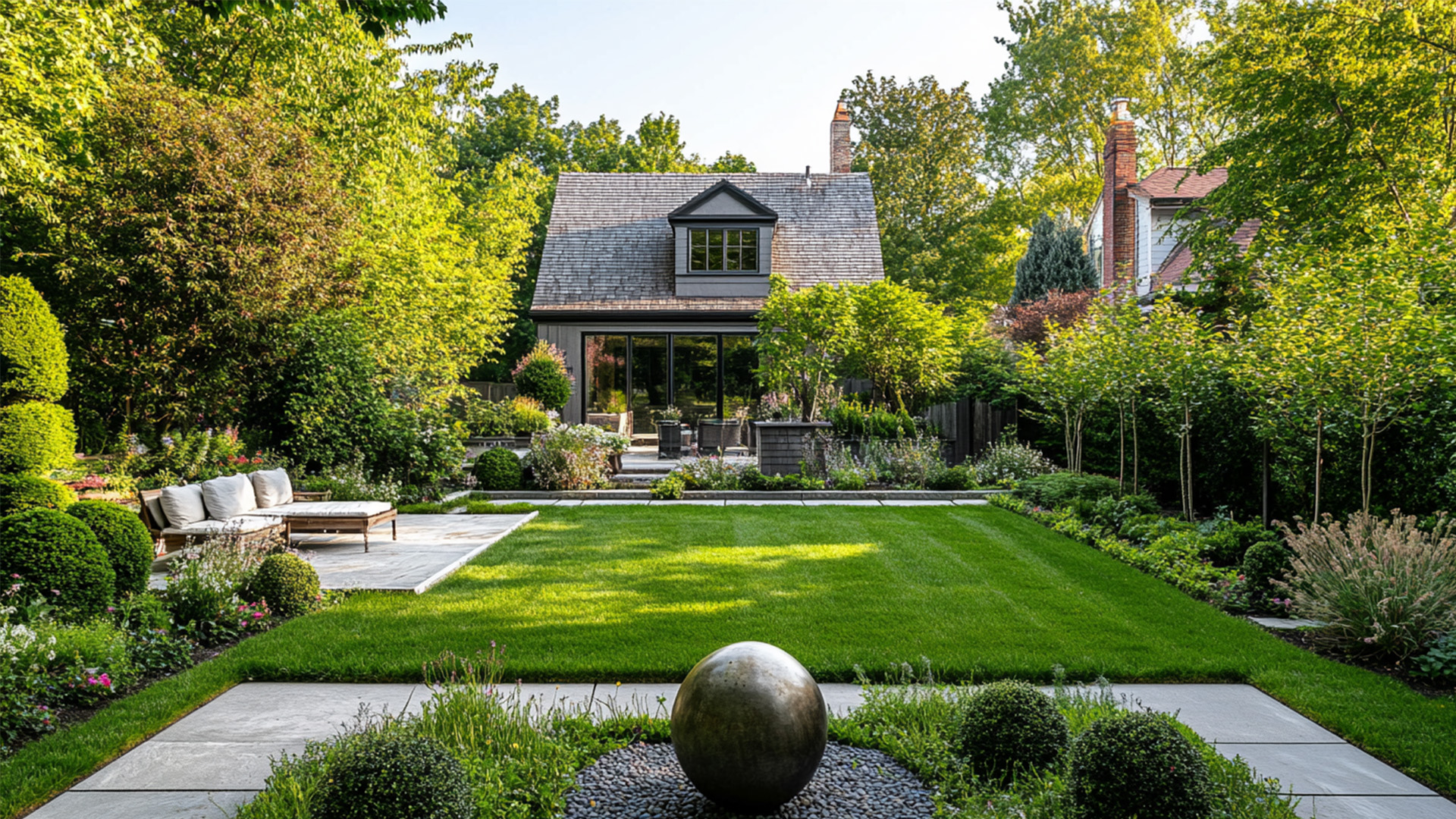When it comes to landscape design, the integration of art can breathe new life into your outdoor spaces, transforming them into vibrant havens of creativity and beauty. Among the various forms of artistic expression, sculpture stands out as a powerful way to add personality, style, and elegance to your garden, patio, or backyard. In this blog post, we’ll explore how to effectively incorporate sculpture into your landscape design and the myriad benefits it offers.
1. Understanding the Role of Sculpture in Landscape Design
Sculpture in landscape design serves as a focal point that draws the eye and creates a conversation piece within the environment. Art has the unique ability to evoke emotions, provoke thought, and invite interaction, making sculptures a perfect addition to your outdoor space. By carefully selecting and positioning sculptures, you can define areas, create visual interest, and enhance the overall aesthetic of your landscape.
2. Choosing the Right Sculpture for Your Space
Selecting the perfect sculpture for your landscape involves considering several factors:
Style and Theme: Determine the overall style of your garden. Whether it’s modern, classical, whimsical, or rustic, choose a sculpture that complements and enhances this theme.
Material and Durability: Opt for materials that can withstand the elements, such as bronze, stone, or weather-resistant metal. The material should not only match your aesthetic but also ensure longevity.
Scale and Proportion: Consider the size of the sculpture in relation to your garden. A large, bold piece can serve as a striking centerpiece, while smaller sculptures can add subtle touches throughout the space.
3. Creating Focal Points and Visual Interest

One of the key advantages of incorporating sculpture into your landscape design is the ability to create focal points. Here are some tips to effectively utilize sculpture:
Highlight Key Areas: Position sculptures at entrances, along pathways, or in garden beds to draw attention to specific areas. This will guide visitors through your space and enhance their experience.
Layering and Grouping: Consider grouping smaller sculptures or arranging them in layers to create a cohesive display. This technique can add depth and dimension to your landscape.
Interactive Elements: Incorporate sculptures that encourage interaction, such as benches, swings, or installations that invite touch. This not only enhances visual interest but also engages visitors.
4. Blending Art with Nature
For a harmonious look, it’s essential to blend sculptures seamlessly with the natural surroundings. Here are some strategies to achieve this:
Natural Backdrops: Place sculptures against lush greenery, flowering plants, or water features to create striking contrasts. The natural elements will enhance the sculpture’s beauty and vice versa.
Seasonal Considerations: Choose sculptures that complement seasonal changes in your landscape. For example, a colorful sculpture can stand out in winter, while neutral tones can be calming in summer.
Use of Color: Consider how the colors in your sculpture interact with the colors of your plants. A bold sculpture can serve as a vibrant counterpoint to a predominantly green landscape.
5. Lighting for Impact
Effective lighting can dramatically enhance the impact of sculptures in your landscape design. Here are some lighting tips:
Highlighting Features: Use spotlights to draw attention to specific sculptures, making them stand out during the evening. This creates a magical atmosphere that transforms your space after sunset.
Mood Lighting: Consider using ambient lighting to create a warm and inviting atmosphere. String lights or soft garden lights can create a whimsical feel while illuminating the sculptures gently.
Shadow Play: Incorporate lighting that casts interesting shadows, adding another layer of visual intrigue to your sculptures. This dynamic effect can change the perception of the art as the sun moves throughout the day.

6. Maintenance and Care
To keep your sculptures looking their best, it’s important to maintain them properly. Regular cleaning, inspections for damage, and appropriate protective measures against harsh weather will prolong the life of your sculptures. Here are some maintenance tips:
Regular Cleaning: Dust and dirt can accumulate on sculptures, diminishing their appearance. Gently clean them with appropriate materials, depending on the sculpture’s material.
Protective Coatings: For metal sculptures, consider applying a protective coating to prevent rusting. For stone or concrete, a sealant can help protect against moisture damage.
Seasonal Adjustments: Be mindful of extreme weather conditions. Depending on the sculpture's material, it may need to be stored or covered during harsh winters or storms.
Conclusion
Incorporating sculpture into your landscape design is a powerful way to elevate your outdoor aesthetic and create a space that reflects your unique style and personality. By thoughtfully selecting, positioning, and maintaining your sculptures, you can transform your garden into a captivating environment that invites exploration and appreciation. Embrace the beauty of art in your outdoor spaces and watch as your landscape comes to life with creativity and charm.
